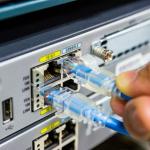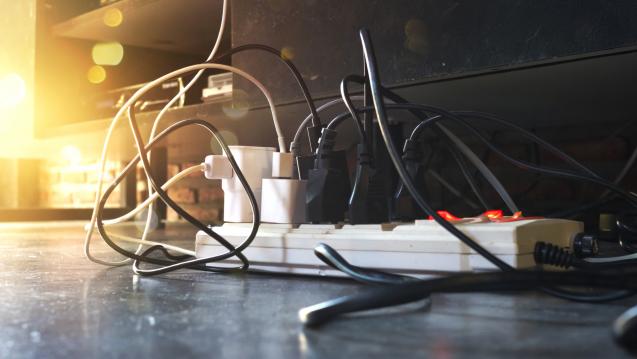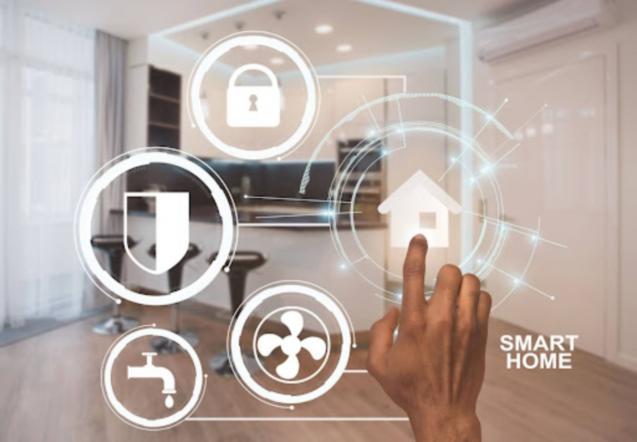
Connecting To The NBN: What You Need To Know
This guide will walk you through connecting to the NBN and provide you with the information you need to connect quickly and easily.
Steps to Switching to the NBN:
- Check if your home is NBN ready: The first step in connecting to the NBN is to check if your home is prepared. To do this, you can visit the NBN Co website and enter your address. If your home is ready, you'll see the various connection types available in your area.
- Select an appropriate connection type: Once you've confirmed that your home is ready, the next step is to select a proper connection type. There are several types of connections available, including Fibre to the Premises (FTTP), Fibre to the Node (FTTN), Fibre to the Curb (FTTC), Fixed Wireless, and Satellite. Each connection type has its advantages and disadvantages, so selecting one that meets your needs is essential.
- Compare plans and providers: Once you've selected an appropriate connection type, the next step is to compare plans and providers. You'll want to compare each plan and provider's costs, speeds, and data allowances. You can do this by visiting the websites of various internet service providers (ISPs) or using a comparison website like Finder or iSelect.
- Prepare for installation: Before the installation process begins, you'll need to prepare your home. This includes ensuring a clear path for the technician, ensuring that any existing equipment or wiring is disconnected, and providing access to the main electrical switchboard.
- Finalise the NBN connection: Once you've selected a plan and provider, you'll need to finalise the connection. This involves contacting the provider to schedule an installation appointment. On the day of the installation, a certified technician will come to your home to complete the connection.
Other Things to Consider When Connecting to the NBN:
- Medical alarms: If you have a medical alarm, you'll need to ensure that it is compatible with the NBN. Some medical alarms may need to be upgraded or replaced to work with the new network.
- Monitored fire alarms: If you have a monitored fire alarm, you'll need to ensure that it is compatible with the NBN. Some fire alarms may need to be upgraded or replaced to work with the new network.
- Security monitoring systems: If you have a security monitoring system, you'll need to ensure that it is compatible with the NBN. Some security monitoring systems may need to be upgraded or replaced to work with the new network.
- Lift emergency phones: If you have a lift emergency phone, you'll need to ensure it is compatible with the NBN. Some lift emergency phones may need to be upgraded or replaced to work with the new network.



